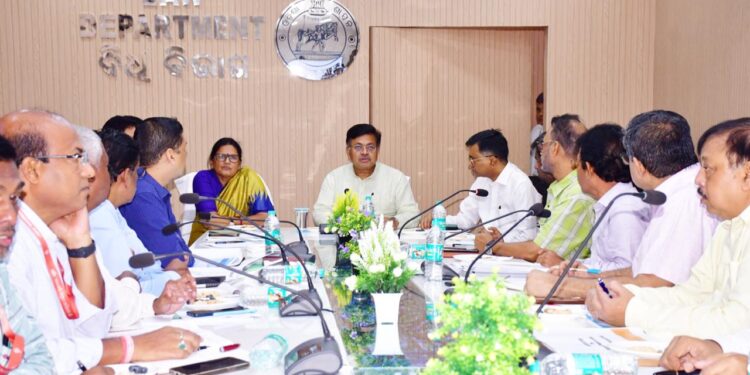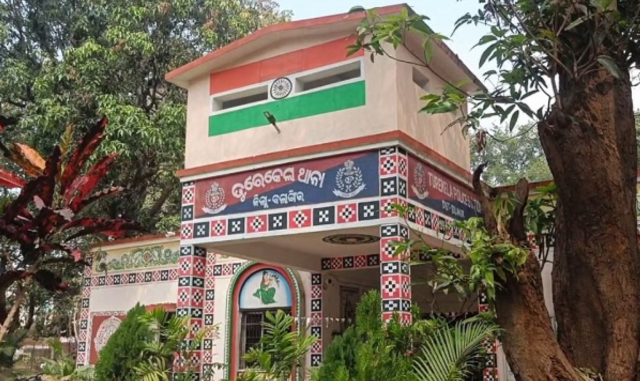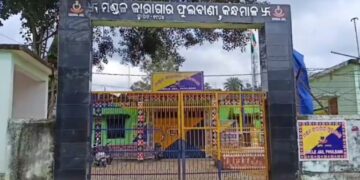In a fervent call to preserve and elevate Puri’s timeless allure, Odisha’s Deputy Chief Minister Pravati Parida and Law Minister Prithviraj Harichandan chaired a high-level review meeting of the Puri District Development Project today.
The session, held amid growing concerns over urban congestion and heritage erosion, underscored a multi-pronged strategy to transform the sacred city—renowned globally as the abode of Lord Jagannath—into a model of sustainable, heritage-infused urban living.
Puri, with its iconic Jagannath Temple drawing millions of devotees annually, holds an irreplaceable emotional and cultural tether for people across states and nations. “This is a place of dreams for countless Indians and global pilgrims,” Parida emphasised, urging officials to infuse every development initiative with urgency and vision. She stressed the need for collaborative efforts between government bodies and the public to render the city “beautiful and serene from every perspective,” accelerating infrastructure upgrades while safeguarding its spiritual essence.
Minister Harichandan echoed the sentiment, highlighting that development hurdles are inevitable but surmountable through resolute willpower and meticulous planning. “We must execute these projects within stipulated timelines with a structured approach,” he directed departmental heads, reinforcing the government’s commitment to timely execution.
The meeting delved into several critical projects, prioritising heritage conservation and safety. Key directives included expediting the development works around Sri Gundicha Temple—a vital site in the Rath Yatra rituals—to ensure swift completion. Discussions also covered enhancements to Pramod Udyan, land acquisition for the Sri Mandir Ideal Gurukul, and the construction of the world-class Raghunandan Library alongside the Sri Jagannath Research Centre.
Urban challenges took centre stage, with a strong emphasis on crowd management to handle the influx of pilgrims without compromising safety or sanctity. The Sevayat Housing Project, aimed at providing dignified residences for temple servitors, and the restoration of the historic Atharanala heritage site were thoroughly reviewed for progress. Officials were instructed to demolish all dilapidated and hazard-prone buildings immediately, particularly those posing risks to the main temple structure.
A standout focus was on integrating Odisha’s distinctive architecture into new infrastructure. Parida mandated the use of traditional Odia motifs in all upcoming constructions to create a visually cohesive heritage landscape. Compliance with guidelines from the National Heritage Authority and approvals from the Puri-Konark Development Authority were deemed non-negotiable. Modern equipment was recommended for foundational works to enhance durability and efficiency.
The gathering saw participation from key stakeholders, including Sri Mandir Chief Administrator Arabinda Padhee, Principal Secretary of the Works Department Sanjay Kumar Singh, Puri District Collector Dibyajyoti Parida, OBCC Managing Director Sameer Hota, EIC (Civil) Satyabrata Behera, and Works Department Advisor Jaykrushna Das, alongside senior officials from various departments.





























